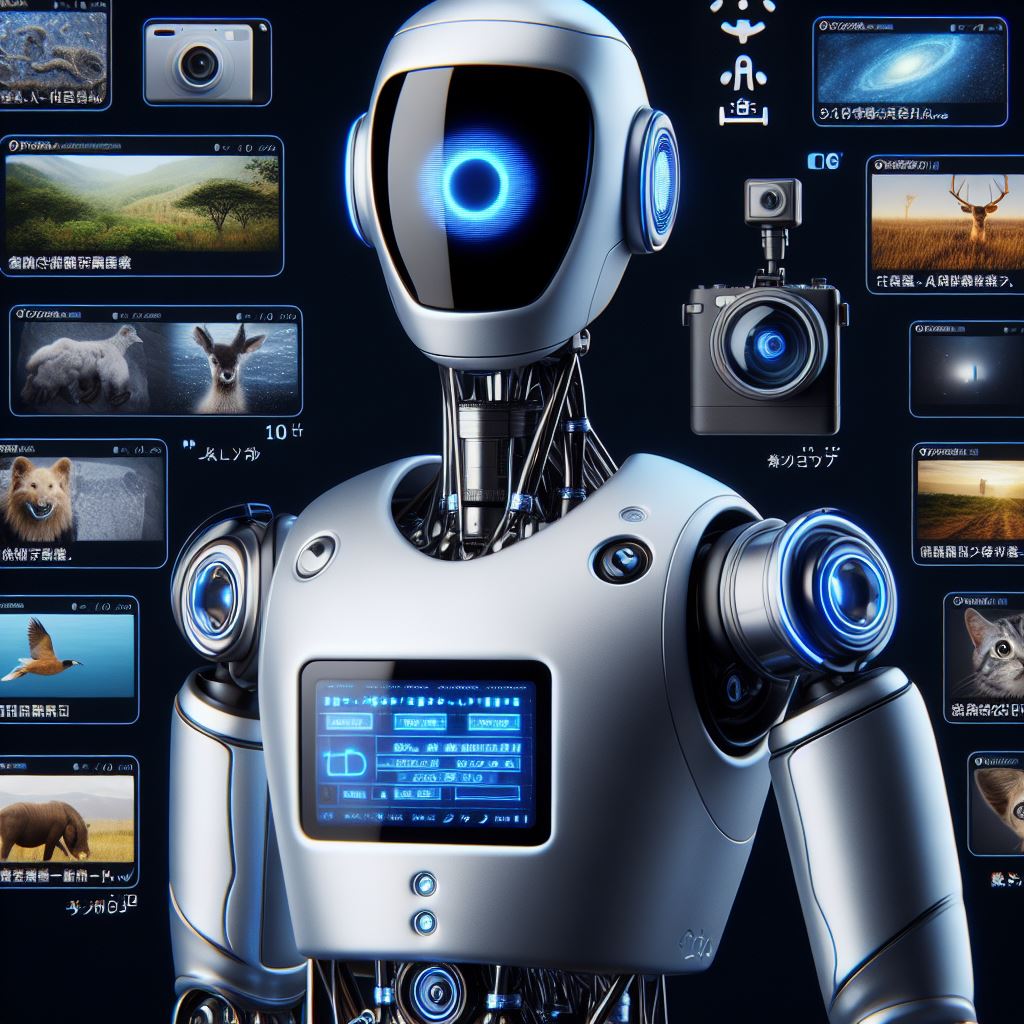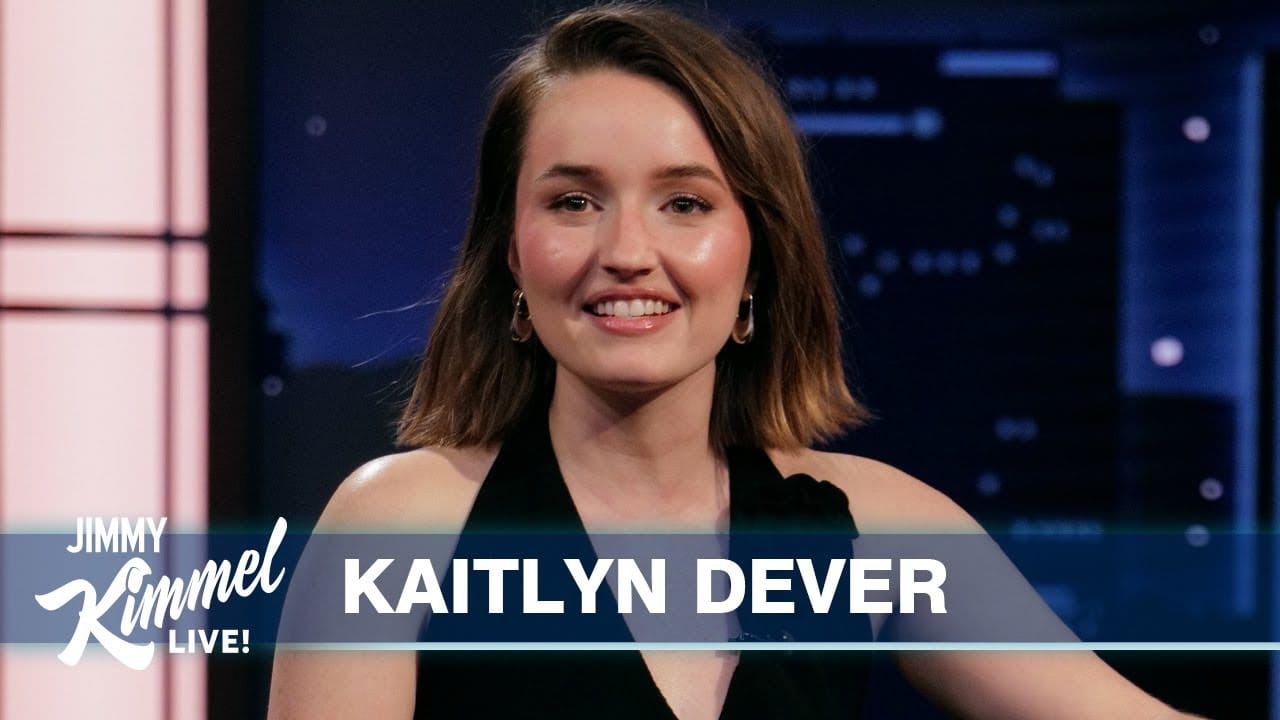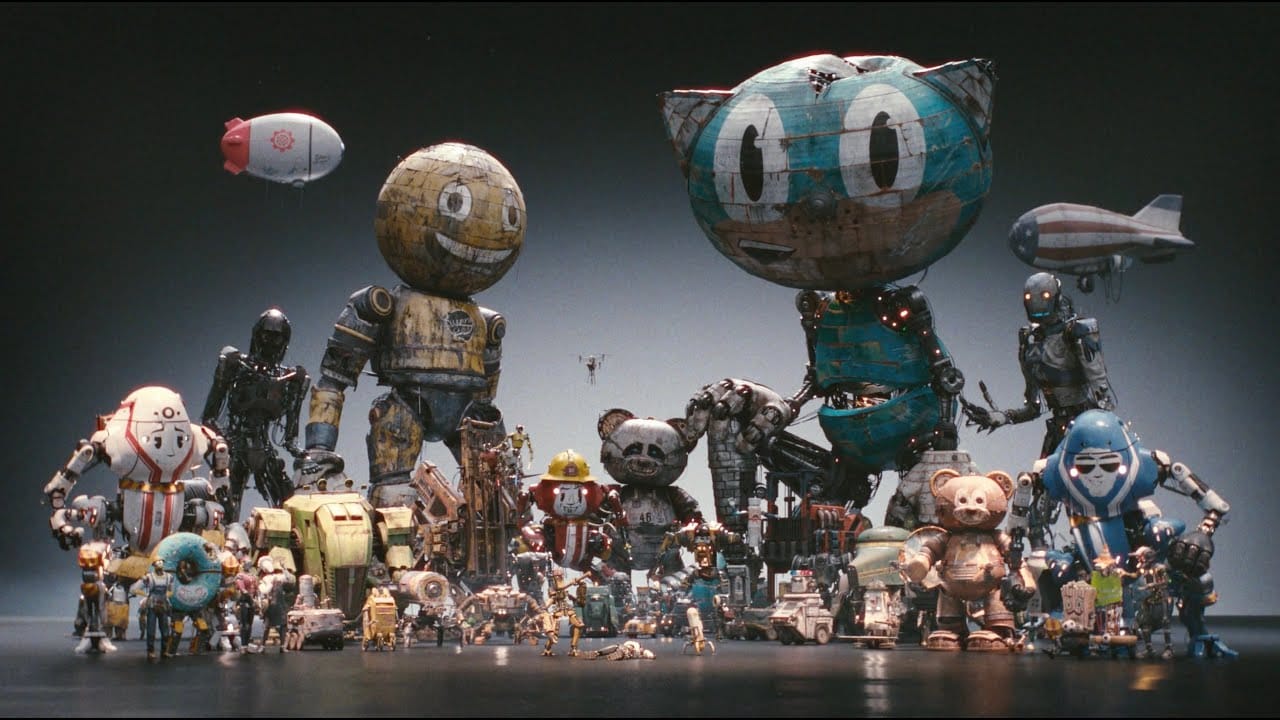Visual effects (VFX) play a key role in movies and TV shows. They make amazing and realistic scenes that are hard to capture on camera. However, creating VFX the traditional way can take a lot of time, money, and skilled workers. Artists and technicians must use complicated software and equipment.
The recent launch of Sora, a new AI tool from OpenAI, has everyone talking. Filmmakers, VFX artists, and viewers are eager to see what it can do. Sora is a game-changer. It can make high-quality videos from text descriptions. It uses advanced AI to create realistic and creative scenes quickly.
Sora is not the first text-to-video tool, but it is the best so far. Older models, like Runway’s Gen-2, produced videos that often looked strange and lacked quality. In contrast, Sora can create videos that are up to a minute long. It maintains good visual quality. Sora also sticks to what users ask for. Sora can also extend videos, creating smooth transitions.
Sora could change the VFX industry in many ways. It may lower the cost of making VFX and save time. Filmmakers could write out their ideas and see them come alive on screen. This means they could be more creative and explore different options without worrying about budget or technical limits.
Sora will also create new chances for teamwork and fresh ideas. Filmmakers will collaborate with VFX artists and AI experts to improve the tool. Sora might lead to new ways of storytelling, allowing filmmakers to design engaging experiences in virtual or augmented reality.
Yet, Sora comes with certain challenges. For one, it raises ethical and legal questions. There is a risk that it could be used to make misleading content like deepfakes or propaganda. Additionally, some VFX artists worry about losing their jobs to AI, or feeling less important.
To tackle these issues, it is important to set clear rules for using Sora. Promoting teamwork and respect between human creators and AI is also vital. Sora is intended to support human VFX artists, not replace them.
Overall, Sora is an exciting development for the VFX and film industries. It opens up new possibilities for visual storytelling and entertainment. It will encourage filmmakers and VFX artists to think creatively and push their craft further. Sora signifies the future of visual effects, and many are eager to see its impact.



